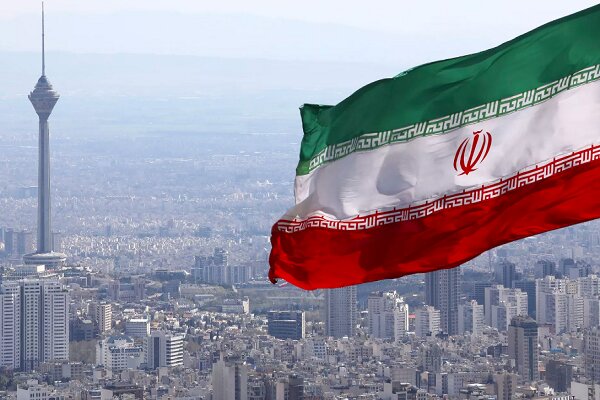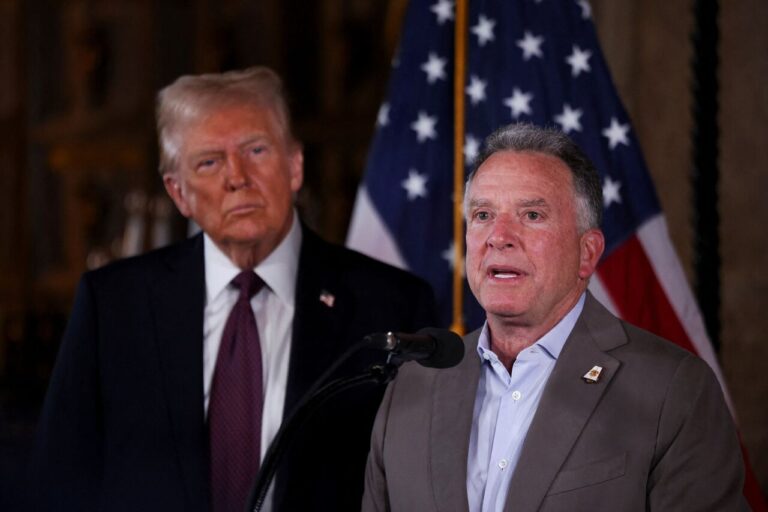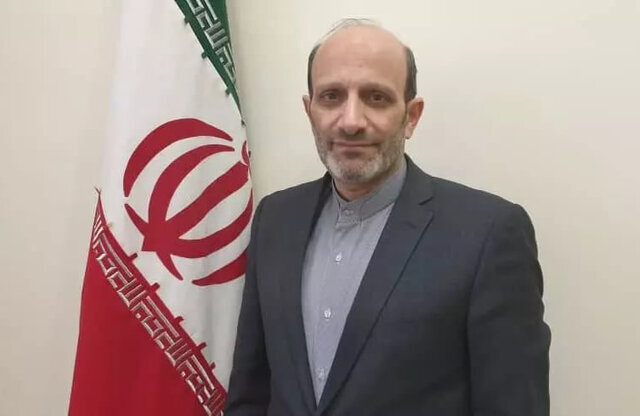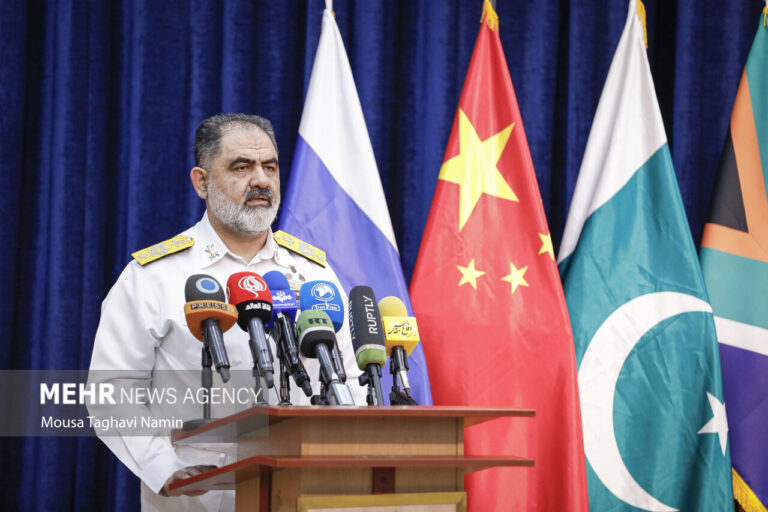Iran Appoints Ali Teymouri as New Representative to UNCCD: A Fresh Vision for Climate Action
In a significant move to tackle the pressing issue of desertification, Iran’s Agriculture Minister, Gholamreza Nouri Qezeljeh, has appointed Ali Teymouri, the head of the Natural Resources and Watershed Management Organization, as the country’s representative to the United Nations Convention to Combat Desertification (UNCCD). Desertification poses substantial environmental challenges globally, and Iran is no exception to this phenomenon.
Currently, Iran is grappling with the dual threats of drought and desertification, both exacerbated by the overarching issue of climate change. Here are some key insights regarding desertification in Iran:
- Iran accounts for approximately 3.8 percent of the world’s total desert areas.
- About 61 percent of the country is classified as arid or semi-arid, which is significantly higher—3.1 times—than the global average.
- Sand and dust storms (SDSs) are a primary factor contributing to desertification.
To counteract the effects of SDSs, Iran has implemented various strategies aimed at mitigating their impact. These include:
- Enhancing collaboration among different organizations for effective management of dust storms originating from internal dust zones.
- Conducting bilateral and multilateral meetings with officials from neighboring countries such as Syria, Iraq, Saudi Arabia, Turkmenistan, Qatar, and Kuwait.
- Implementing agreements reached with these nations to collectively address the challenges posed by SDSs.
Desertification itself is a complex issue that extends beyond the mere encroachment of sand dunes. It refers to the persistent degradation of dryland ecosystems, primarily driven by:
- Climate Change: Alterations in weather patterns significantly affect land productivity.
- Human Activities: Practices such as unsustainable farming, mining, overgrazing, and deforestation contribute to the deterioration of land quality.
Unsustainable farming depletes soil nutrients, while mining operations and overgrazing by livestock lead to the erosion of topsoil. Clear-cutting of forests for timber or agricultural expansion further exacerbates this issue. The removal of trees and vegetation, which serve as natural barriers to erosion, results in the loss of fertile land.
Wind and water erosion further complicate the situation, as they transport topsoil away, leaving behind an infertile mix of dust and sand. The culmination of these factors transforms already degraded land into desert, posing severe challenges to sustainable development and human survival in many regions.
Desertification was recognized as a critical issue during the 1992 Rio Earth Summit, where it was highlighted alongside climate change and biodiversity loss as one of the greatest threats to sustainable development. In response, the UNCCD was established in 1994 by the United Nations General Assembly. Today, 197 countries and the European Union are Parties to this Convention.
The primary objective of the UNCCD is to prevent, reduce, and reverse desertification, paving the way toward a land degradation-neutral world. This mission aligns with the UN’s 2030 Agenda for Sustainable Development, promoting sustainable practices to combat desertification.
In conclusion, the appointment of Ali Teymouri as Iran’s representative to the UNCCD signifies a commitment to addressing the critical issue of desertification. With a strategic focus on collaboration and sustainable development, Iran aims to mitigate the impacts of climate change and secure a more resilient future for its ecosystems and communities.
As the world continues to confront the challenges of desertification, Iran’s proactive approach serves as a model for other nations facing similar environmental threats.






